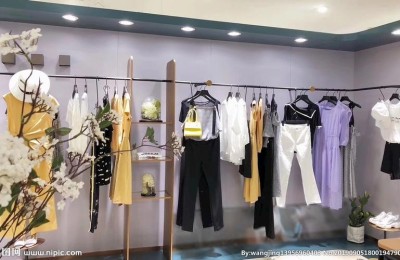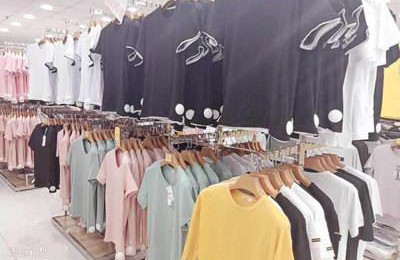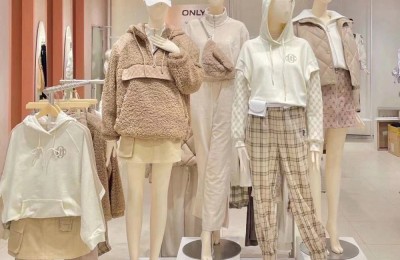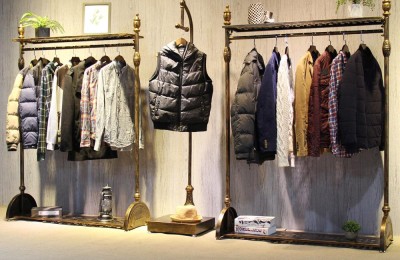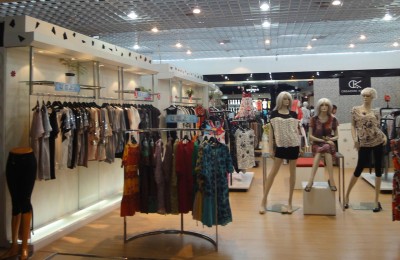After experiencing sluggish demand, poor market conditions, high inventory and other problems throughout the first half of 2019, the “Golden Nine” that textile people have been waiting for has finally arrived. This traditional peak season of the textile industry carries too many expectations of textile people. How will it perform in the end? The main focus is on the following issues.
The expected peak season is finally here, but can the inventory really be reduced?
The editor still remembers that when I visited the textile market in July, many cloth owners felt helpless in the face of mountains of inventory. At that time, many textile bosses said that when market orders were insufficient, they could not choose differentiated textiles with uncertain market demand, and could only invest their production capacity in conventional products with huge market demand. “If the time comes and market demand rises, the inventory will be digested quickly.” This sentence impressed the editor deeply.
But can the inventory really be reduced?
Last week, a weaving boss who produces conventional imitation silk complained that there are too many people selling goods in the market, which has greatly disrupted market prices. Customers who have recently come to the sales department to inquire have quoted prices lower than the last, and some even quoted a price lower than the cost price. It is impossible to accept orders at all, and the inventory produced throughout the summer is still piled in the warehouse and cannot be digested. .
In fact, if you think about it carefully, in the summer, because there are no orders, the ideas of the weaving companies are surprisingly consistent, resulting in the products produced in the end are also surprisingly consistent. Over time, product homogeneity has become serious, and it is unknown whether inventory can be reduced.
After falling by a thousand yuan, will the price of raw materials rise?
Since July this year, polyester raw materials have shown a volatile downward trend. In just two months from July 1 to August 30, in addition to the slight increase in the price of MEG ethylene glycol, which was already at a historical low, the price of PX fell by US$55/ton, while the average price of PTA and polyester filament fell. The amount is more than a thousand yuan.
The main reason for this round of decline in raw material prices is the sluggish demand for downstream weaving. Operational pressure has made it difficult for weaving companies to survive in July and August. We can’t bear the sharp increase in raw materials, let alone stock up on raw materials. Among them, several “breakout increases” in raw material prices ended in failure.
In addition, due to excessive inventory, weaving companies have stopped production and reduced production, and the operating rate has dropped, which has also caused a huge blow to the demand for raw materials.
After entering September, the operating rate of weaving enterprises rebounded, but the situation of tight funds did not improve significantly in a short period of time. Therefore, whether the price of raw materials can rise, in the final analysis, it depends on how much gray cloth inventory can be removed, and how much funds can be withdrawn by weaving companies. Otherwise, if the price of raw materials is raised rashly again, it will only repeat the previous “breakout failures”. What is hurt is the hard-won pricing power that polyester factories have gained.
With another tax increase, can China-US trade relations be eased?
Even after shrinking, the United States is still China’s third largest textile and apparel exporter, so Sino-US trade relations have always been a topic of great concern to textile people.
At 12:01 on September 1, Beijing time, the U.S. government began to impose a 15% tariff on Chinese goods worth US$125 billion. As a countermeasure, on the same day, China imposed additional tariffs ranging from 10% to 5% on the first batch of US$75 billion worth of US goods. Under Washington’s insistent provocation, the Sino-US trade war has once again ushered in a large-scale escalation.
According to US estimates, 77% of clothing and 45% of shoes imported from China will be affected by the tax increase in September.
In addition to the direct impact of tariffs, Sino-US relations also have a great impact on the macroeconomic aspects. Whether it is international crude oil prices or the exchange rate of RMB against the US dollar, they are closely related to the textile industry chain.
The trade war has been going on till now, and it is a “lose-lose” situation for both China and the United States. As the 2020 US presidential election approaches, will Trump play the so-called “China card” again? In what direction will Sino-US economic and trade relations develop in the future? The situation is still unclear.
Orders in the first half of the year were not good. How long can the orders in the second half of the year last?
The market in the first half of this year was not as good as expected, and the number of orders was insufficient.The duration of the peak season was about half a month shorter than in previous years, which ultimately led to a backlog of gray fabric inventory and a tight capital chain for weaving companies.
Therefore, how long the order quantity can last in the second half of the year will ultimately determine the trend of the textile market. The longer the order duration, the faster the prosperity will rebound.
But from a macro perspective, on August 27, the 30-year U.S. bond yield continued to fall and has fallen below the dividend yield of the S&P 500 Index. The last time this happened This situation occurred in March 2009, when the global economy fell into a deep recession.
The U.S. debt inversion shows that the U.S. economic situation is not good, the growth rate is slowing down, and there is even the possibility of recession. The economic situation in the United States will affect the global economic situation.
Some cloth bosses engaged in foreign trade also said that since this year, in addition to the US market, the number of orders in higher-end markets like Europe has also been decreasing. On the contrary, Southeast Asian countries have experienced a decline in the clothing industry due to the decline in demand. It can also be seen from the rapid increase in the number of imports due to rapid development.
From a micro perspective, well-known brands such as La Chapelle and “Shoe King” Fuguiniao frequently broke out negative news, and the “old and difficult” issues such as clothing inventory have not been solved very much. It has dealt a huge blow to the confidence of the textile market. Clothing brands have become increasingly cautious in placing orders, making it difficult to maintain a very optimistic attitude towards orders in the second half of the year.
According to past experience, the textile market in September will indeed usher in a huge wave of demand, but Whether this wave of demand can meet Boss Bu’s expectations is still unknown. I’m afraid that the “moon boat” in September will not be able to carry the “many sorrows” of the weavers. </p



